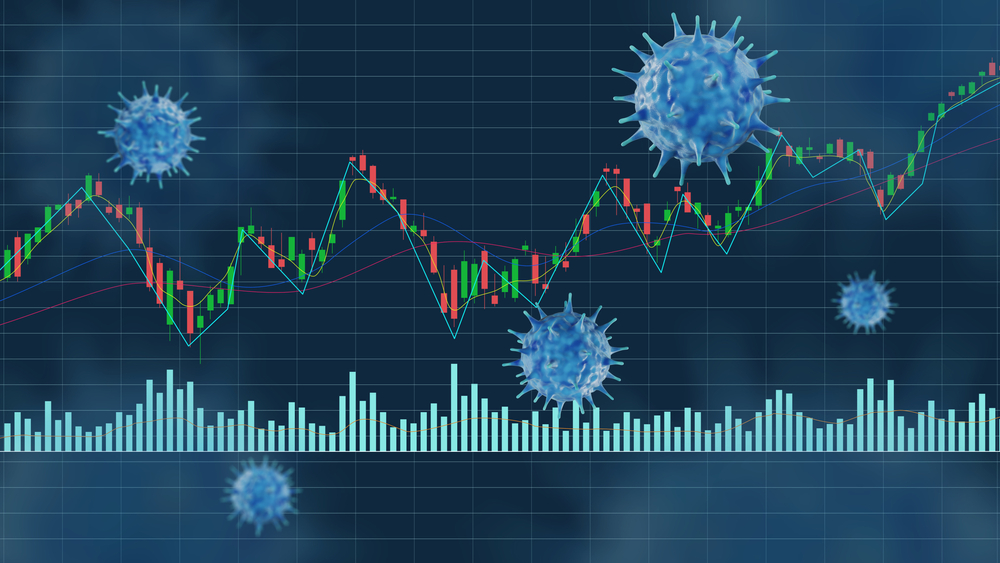In a new working paper, “Macroeconomic Stabilization for a Post-Pandemic World,” we make the case that the traditional canonical model of macroeconomic stabilization—which placed the main burden of stabilization on monetary policy—is outdated and urgently needs to be replaced. Since the Great Financial Crisis of 2008/09, the main tool of central bankers, the short-term interest rate, has more often been constrained by the zero lower bound than not. Moreover, recent events have highlighted that monetary policy is too blunt to target specific drivers of inflation such as supply chain disruptions, labor market shortages, or shocks to energy prices. All these call for better targeted policies, which are by their nature in the domain of fiscal policy. The traditional roles of fiscal and monetary policy therefore need to be revised to optimally stabilize the macroeconomy. Moreover, fiscal policy can go beyond demand stabilization and account for the pervasive macroeconomic externalities that generate economic inefficiencies and hold the economy back from reaching its full potential to generate broadly shared prosperity. Such fiscal policies range from measures that mitigate risks and lessen the need for precautionary savings to measures that increase access to funds and reduce capital market imperfections, all of which can positively affect both supply and demand in targeted and welfare enhancing ways.
The “Inflation Reduction Act” of 2022 that has just been signed into law can play a small but useful role in macroeconomic stabilization. One part of the act focuses on deficit reduction, chiefly by raising taxes on corporate profits and investing in greater tax compliance. This helps to rein in aggregate demand, although the contractionary effects and by extension the impact on inflation will be limited since the incidence of these measures will fall mostly on the wealthy. Since the new taxes are levied on pure profits—after the cost of labor and capital have been deducted—the marginal costs of production will be unchanged, and business’s pricing decisions should be unaffected.
A second part of the act allows Medicare to negotiate the prices of a select number of drugs—a small but welcome step for inflation reduction that may affect the pricing decisions of drug companies more broadly to avoid additional drugs being targeted in the future (even more effective would be an expanded use of formularies for Medicare). Moreover, expanded health insurance subsidies will lower the premia paid by those Americans least able to afford them.
The remaining significant component of the act provides subsidies for investments in green energy that will increase spending in the short run but play an important role in mitigating the pervasive negative externalities of climate change.
Further economic research on how fiscal policy can play a larger role in correcting macroeconomic externalities and stabilizing the economy is urgently needed—as we discuss in more depth in our working paper, both the insights and the limitations of our models often have direct impacts on the analysis and enactment of policy.
The authors have received funding from the Institute for New Economic Thinking and The Hewlett Foundation. The authors did not receive financial support from any firm or person for this article or, other than the aforementioned, from any firm or person with a financial or political interest in this article. The authors are not currently an officer, director, or board member of any organization with a financial or political interest in this article. The Brookings Institution is financed through the support of a diverse array of foundations, corporations, governments, individuals, as well as an endowment. A list of donors can be found in our annual reports published online here. The findings, interpretations, and conclusions in this report are solely those of its author(s) and are not influenced by any donation.







